Over the years, financial institutions have held the reins of control as they dictate interest rates, investments, and the market structure. Now, decentralized finance (or DeFi) is flipping the script. Users take center stage as they can make decisions and influence the future of the protocols they interact with. But how exactly are they able to do so?
Among the growing decentralized finance trends, governance tokens grant holders the power to influence key choices in a protocol. They have a direct say on how the project evolves, whether tweaking interest rates on loans or proposing new upgrades and features. This trend fosters a sense of ownership and incentivizes long-term participation.
You may wonder how governance tokens work, what the different types are, and what case studies exist. This expert guide answers these questions and more as it explores the impact of these tokens on shaping DeFi’s future.
What is a Governance Token?
Imagine a financial system where users, not a single entity, call the shots. DeFi makes this a reality. But then, how do these decentralized protocols make long-term decisions? That is the idea of governance tokens. They are digital assets that empower users to decide on a project’s future over time.
Governance tokens grant voting rights with a DeFi protocol. It is like holding shares in a company. Instead of receiving only dividends, you have a say in crucial decisions. These decisions often range from altering fee structures to implementing upgrades, which gives token holders a stake in the protocol’s success.
Here comes the fun part: the number of tokens held typically determines your voting power. So, you are incentivized long-term as your stake in the project grows. This promotes you from a passive user (or token holder) into an active architect of the project’s future.
Governance tokens differ from utility tokens in several ways. A utility token is a common type of digital asset that allows access to specific products in a blockchain. So, when you hold utility tokens, you enjoy a few perks within the ecosystem, such as discounts on exchanges and access to ecosystems. However, these assets do not offer any voting rights.
Governance tokens go beyond offering utility; they foster community ownership and incentivize long-term participation. As users influence the protocol’s direction, these crypto assets create a perfect bridge between user needs and project development. This approach can lead to more protocols being designed to cater to the evolving demands of the DeFi landscape.

How Does a Governance Token Work?
Governance tokens are typically launched on blockchains like Ethereum. DeFi protocols often distribute these tokens to their community as rewards for active participation in their ecosystem. Once held, users are granted voting rights, accessible through a governance portal.
Here, users connect their crypto wallets and allocate their tokens to support and reject proposals. The number of tokens you commit often determines your voting weight and influence to sway decisions on the platform.
Most protocols leverage Decentralized Autonomous Organizations (DAOs) to manage governance. DAOs, powered by smart contracts, ensure secure and transparent proposal submission, voting, and execution. They keep the process free from human manipulation.
What are The Types of Voting Mechanisms in DAO?
Decentralized Autonomous Organizations rely on innovative voting mechanisms to ensure community-driven decision-making. Here are a few types employed by various DeFi protocols today:
Token-Based Quorum Voting
This type of voting requires a minimum number of members (or quorum) to participate for a proposal to be valid. It then awards the proposal with the most votes, which makes it a popular choice in many decentralized ecosystems.
However, setting the proper quorum can be tricky. A high quorum may lead to a proposal failing due to users’ inactivity, while a low one risks manipulation by a small group.
Permissioned Relative Majority
This method focuses solely on the number of votes “for” and “against” a proposal. It doesn’t require a minimum number of user participation. While it is an efficient, fast, cost-effective option, it grants immense power to a single member. Also, it can be risky as proposals can be quickly passed without needing the attention of other members in the protocol.
Quadratic Voting
Here, the voting power correlates with financial prowess. Members have the opportunity to cast multiple votes on a proposal, with the cost increasing exponentially with each additional vote. For example, a single vote could cost two tokens, two votes cost four tokens, three votes cost nine tokens, and so on.
This approach is excellent for passionate individuals who strongly believe in a proposal and want to see it implemented. However, it can brew fake identities seeking to manipulate, which makes proof of identity crucial.
Conviction Voting
This approach measures community sentiment over time. Members can vote on multiple proposals, and their voting power is stronger as long as their vote remains unchanged. This novel method eliminates the need for a strict majority. Still, it requires a significant amount of time to reach a verdict, potentially hindering time-sensitive decisions.
Multisig Voting
This approach combines decentralization with a degree of central authority in the blockchain system. Members signal their preferences on proposals, but a predetermined committee holds the power to execute the final vote. While this ensures faster decision-making, it introduces the risk of the committee acting against the community’s interests.
Challenges of Governance Tokens in DeFi and Potential Solutions
Despite governance tokens’ aim to provide more control to users, navigating this trend comes with challenges. Let’s explore some of these drawbacks and key considerations to ensure this trend remains fair and effective for a long time.
Voter Apathy
Like traditional elections, DeFi participants may not always engage in the voting process. Low participation rates can skew results and undermine the fairness of governance decisions. Thus, DeFi protocols need to find new avenues to incentivize participation through gamification or reward voters with additional tokens.
Potential for Centralization
While governance tokens aim to distribute control among participants, specific protocols can retain elements of centralization. For instance, token developers might retain veto power over certain decisions like tokenomics and future exchange listings. Thus, it is essential for these platforms to find the right balance between empowering communities and ensuring the protocol’s smooth operation.
Plutocracy
This is a common hurdle faced in governance platforms, where wealthy individuals hold enough tokens to sway votes. It often leads to decisions that favor large token holders over the community interests. As such, protocols can establish voting mechanisms like quadratic voting to mitigate the issues.
Inefficient Decision-Making
Most platforms are utilized by a global, often anonymous community of users. Finding the proper communication channels or languages can be difficult, especially during voting. Thus, teams should continue to foster a culture of open discussion and ensure all users easily understand proposals.
5 Examples of Protocols That Have Utilized Governance Tokens Successfully
A few DeFi protocols have successfully utilized governance tokens to foster community and drive growth. Interestingly, you might have even interacted with a few of them in the past. The table below highlights some prime examples:
| Protocols | Features |
| Compound (COMP) | This lending protocol allows users to borrow and lend crypto assets. Holders can vote on crucial parameters like interest rates on yield farming. This underscores the immense power that governance tokens can confer upon holders. |
| Uniswap (UNI) | This decentralized exchange revolutionized crypto trading by implementing an automated liquidity mechanism. Recently, the community voted to give back some protocol fee revenue to holders of UNI. |
| MakerDAO (MKR) | This decentralized stablecoin protocol uses the DAI token, which is pegged to the US dollar. MKR holders govern the protocol’s risk parameters, including collateral requirements for loans that generate DAI. |
| Aave (AAVE) | This versatile lending platform allows users to borrow and lend a wide range of crypto assets. It implemented a “guardian system” where a small group of trusted individuals can temporarily halt protocol upgrades during emergencies. Aave’s system also incorporates a unique “flash loan” feature, where users can borrow capital without any form of collateral for a very short time. |
| Decentraland (MANA) | This virtual world platform allows users to buy and own parcels of digital land. MANA holders govern the platform’s rules and regulations, including land auctions and content moderation. Users can propose and vote on adding new features to help design the future of this virtual world collectively. |
Embrace The Power to Transform The Future of DeFi Protocols
No doubt, you are thrilled by the power governance tokens offer. They seek to reshape decentralized finance by dismantling the traditional approach. By placing power in the hands of token holders, these tokens foster a new era of community-driven decision-making.
Users are empowered to become active participants in shaping the future of protocols they interact with regularly. Despite challenges like voter apathy and plutocracy among protocols, innovative mechanisms like quadratic voting emerge to address these concerns. DeFi protocols can harness their user base’s collective intelligence to make informed decisions that propel the ecosystem forward.
As this trend matures, it is poised to play a critical role in redefining the future of DeFi protocols. However, user adoption remains key. Thankfully, Zypto Pay bridges the gap by offering user-friendly experiences. This platform empowers individuals to leverage DeFi in their everyday transactions, thereby paving the way for a more democratic and user-centric future.
Do you have a different idea of how governance tokens should operate or certain hurdles to identify? Let’s discuss and interact in the comment section below.

FAQs
What are the benefits of governance tokens?
Governance tokens provide holders with voting rights and decision-making power within decentralized autonomous organizations (DAOs) and decentralized finance (DeFi) platforms.
This enables token holders to participate in governance processes, propose changes, and vote on key decisions, such as protocol upgrades, fee structures, and asset listings.
What is the difference between utility token and governance token?
Utility tokens are used to access or pay for services within a specific platform or ecosystem. They provide users with a utility or function, such as accessing features or receiving discounts.
In contrast, governance tokens are specifically designed to facilitate governance and decision-making within decentralized networks. While utility tokens focus on usage, governance tokens focus on governance rights.
What is the role of governance token in DeFi protocols?
In DeFi protocols, governance tokens play a crucial role in decentralized governance. Holders of these tokens can propose and vote on changes to the protocol, such as adjusting parameters, adding or removing assets, or upgrading smart contracts.
This democratic process allows the community to collectively manage and evolve the protocol without relying on central authorities.
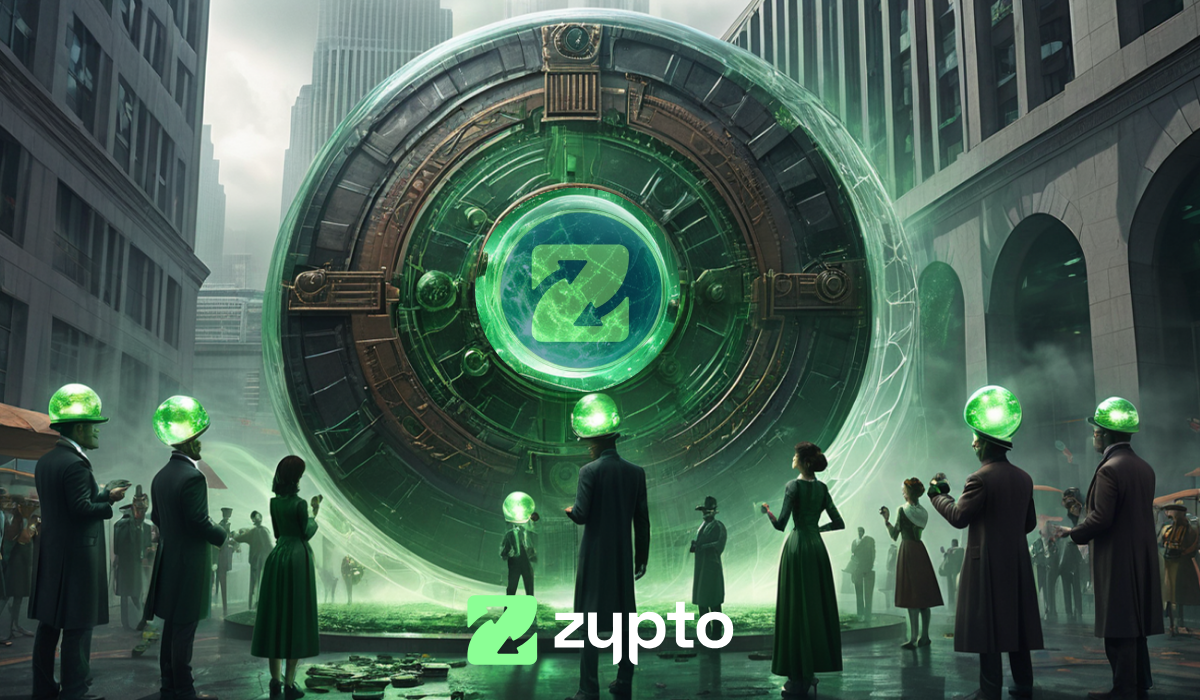

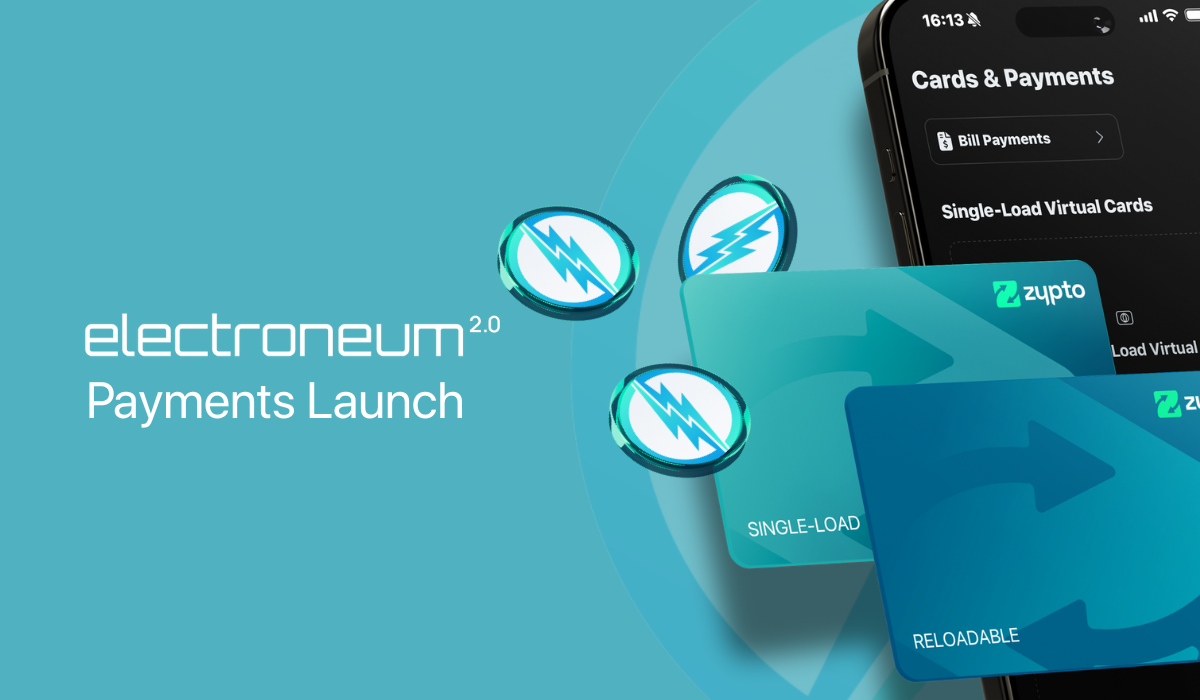
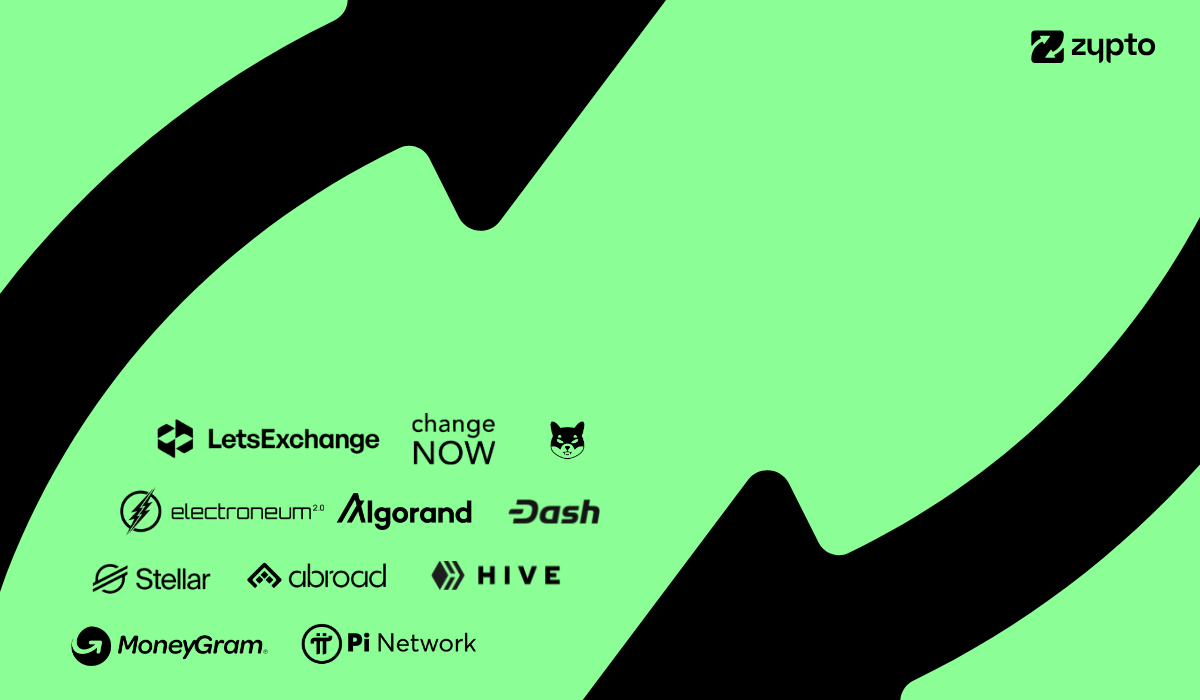
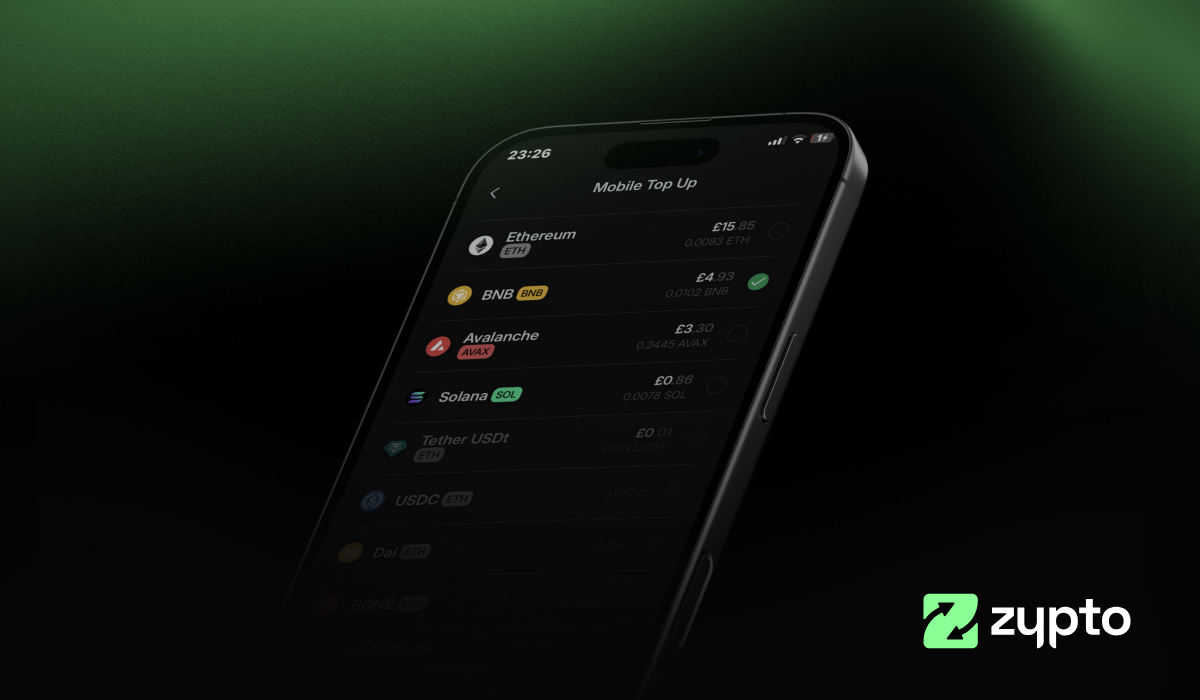
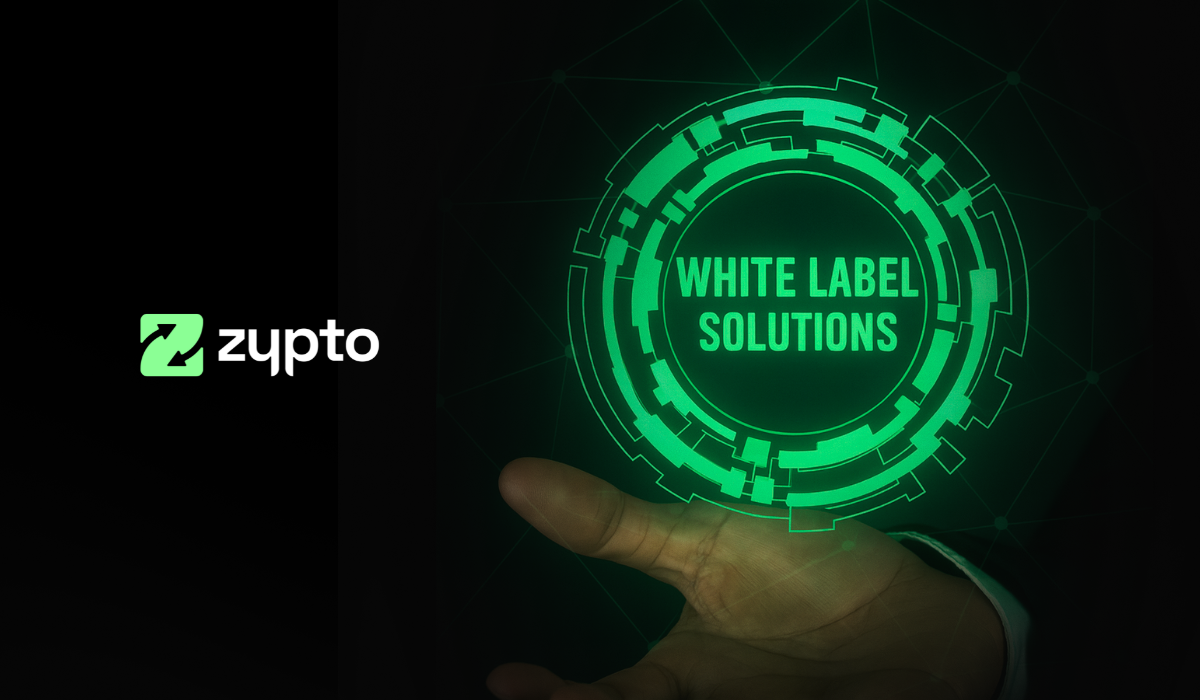
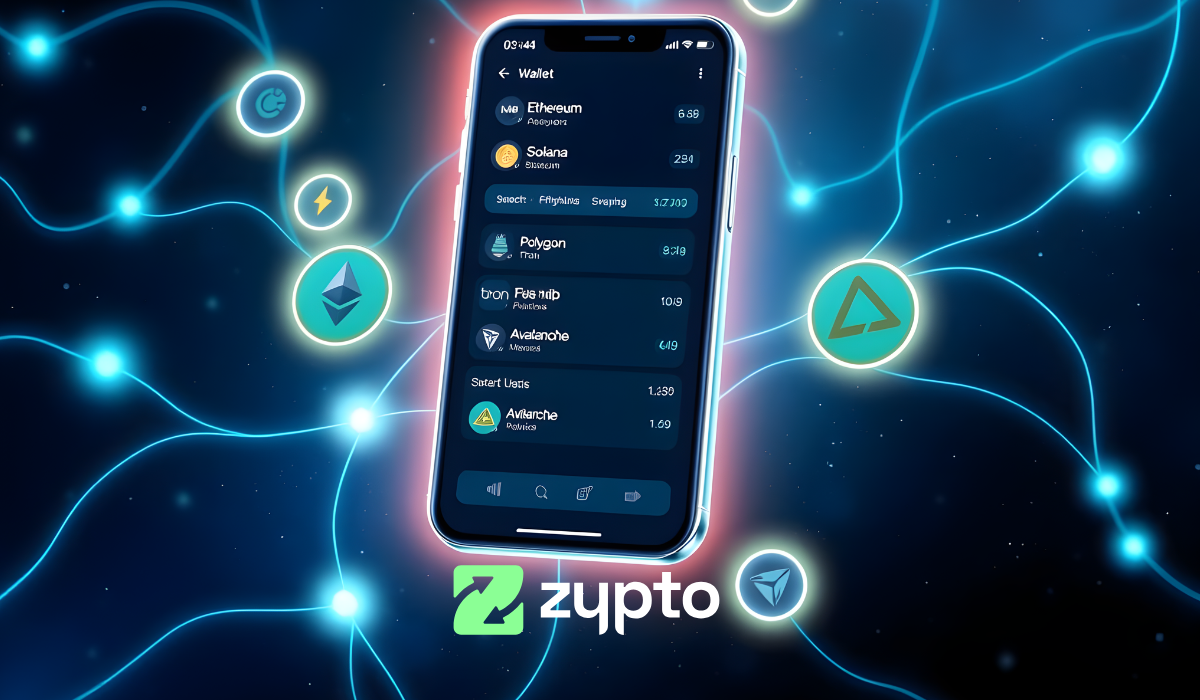

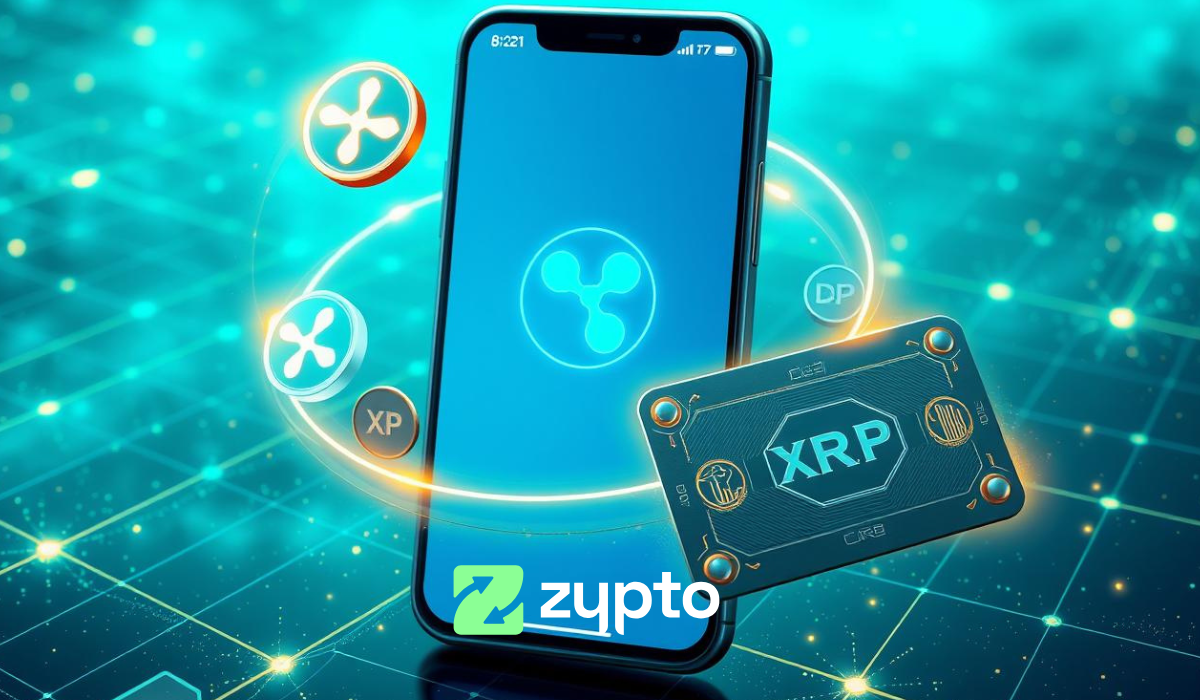
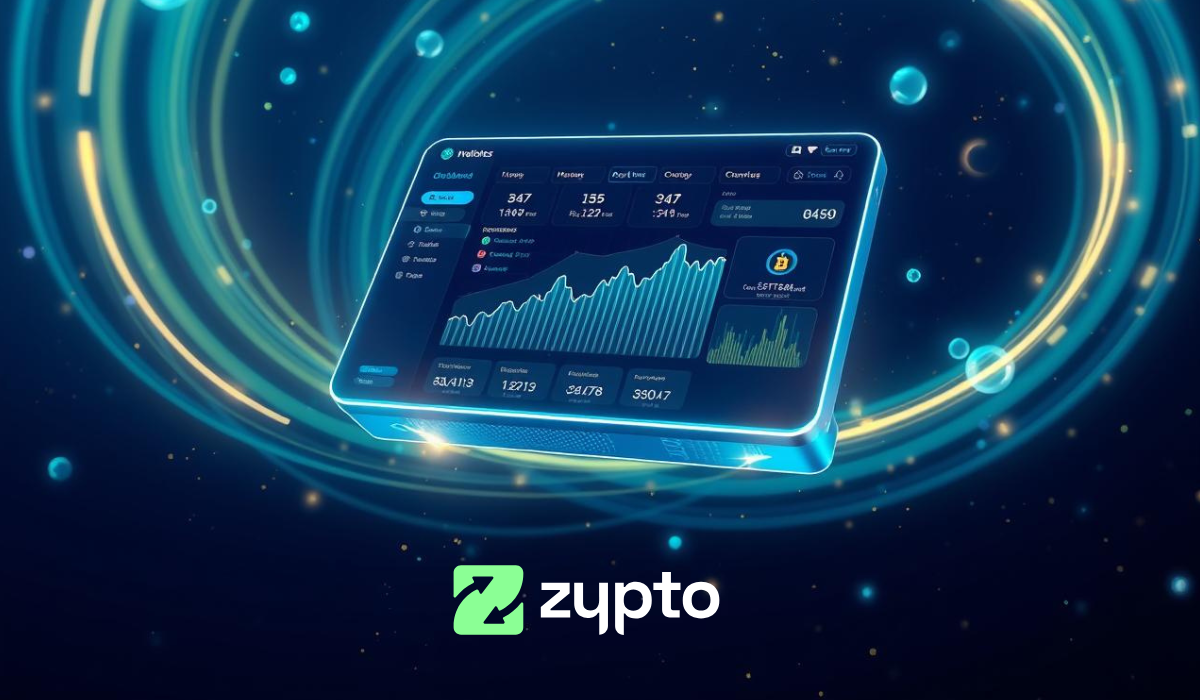
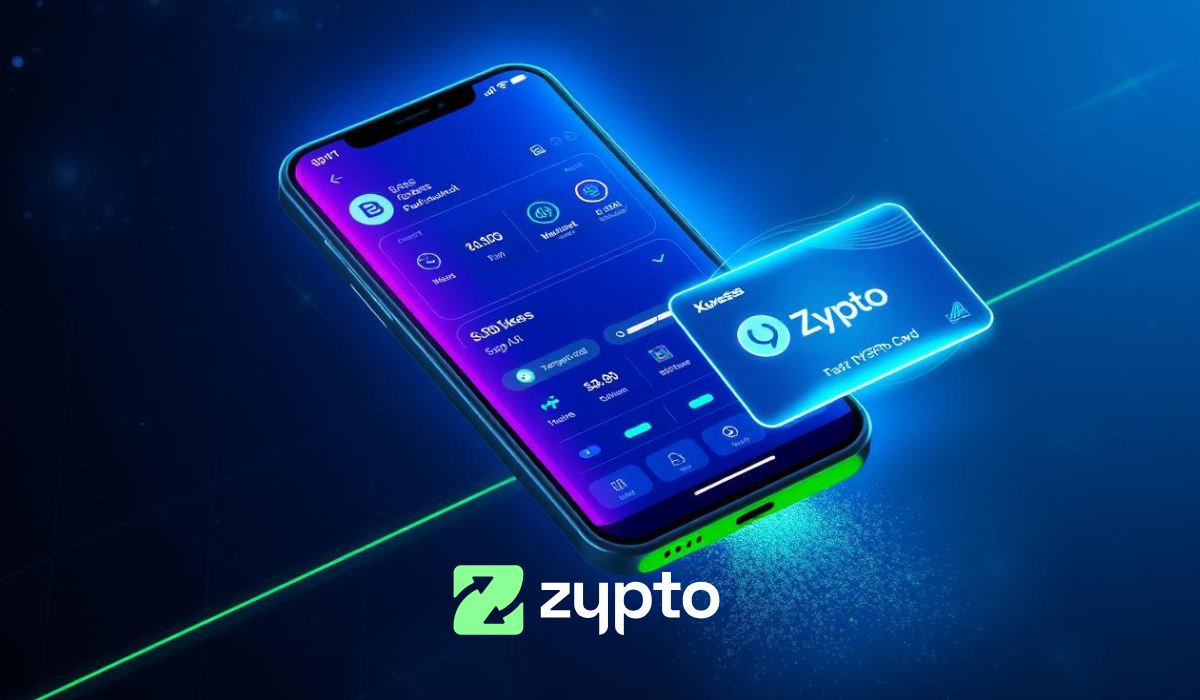



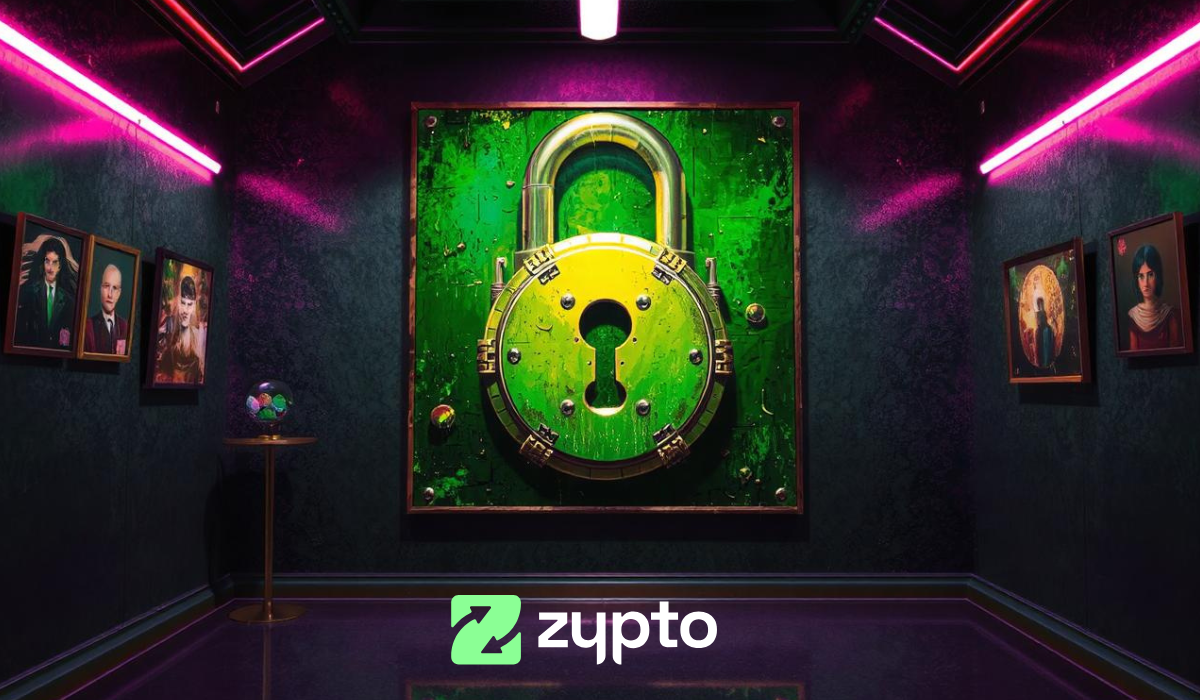
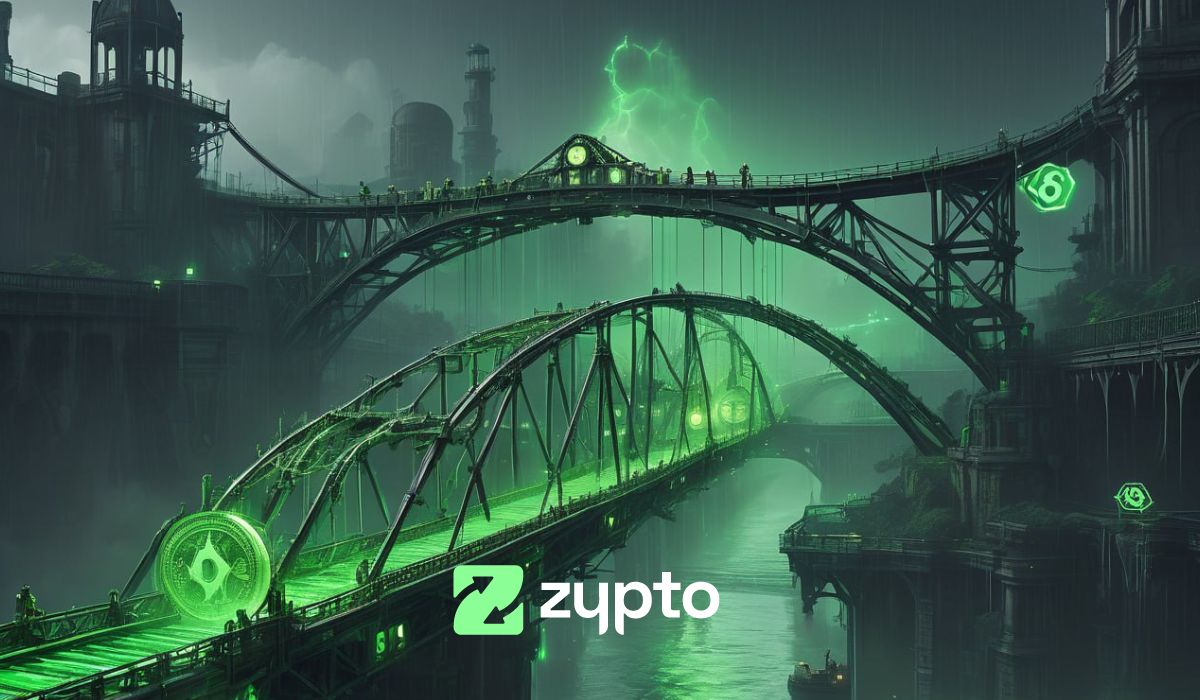
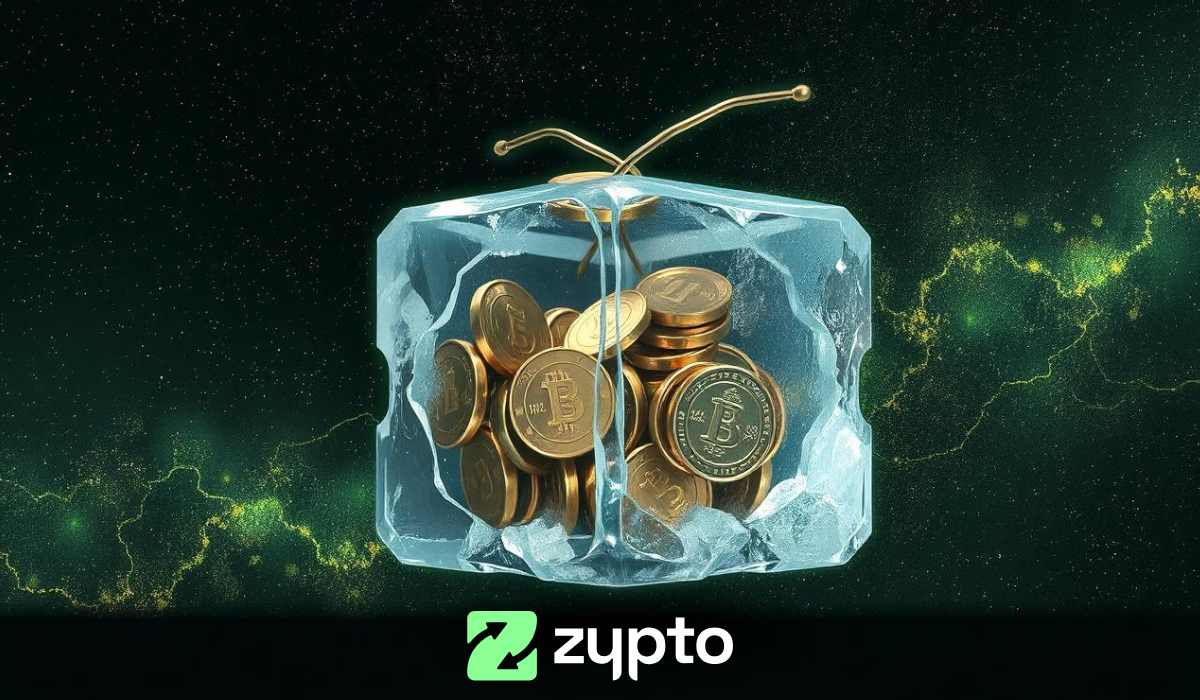

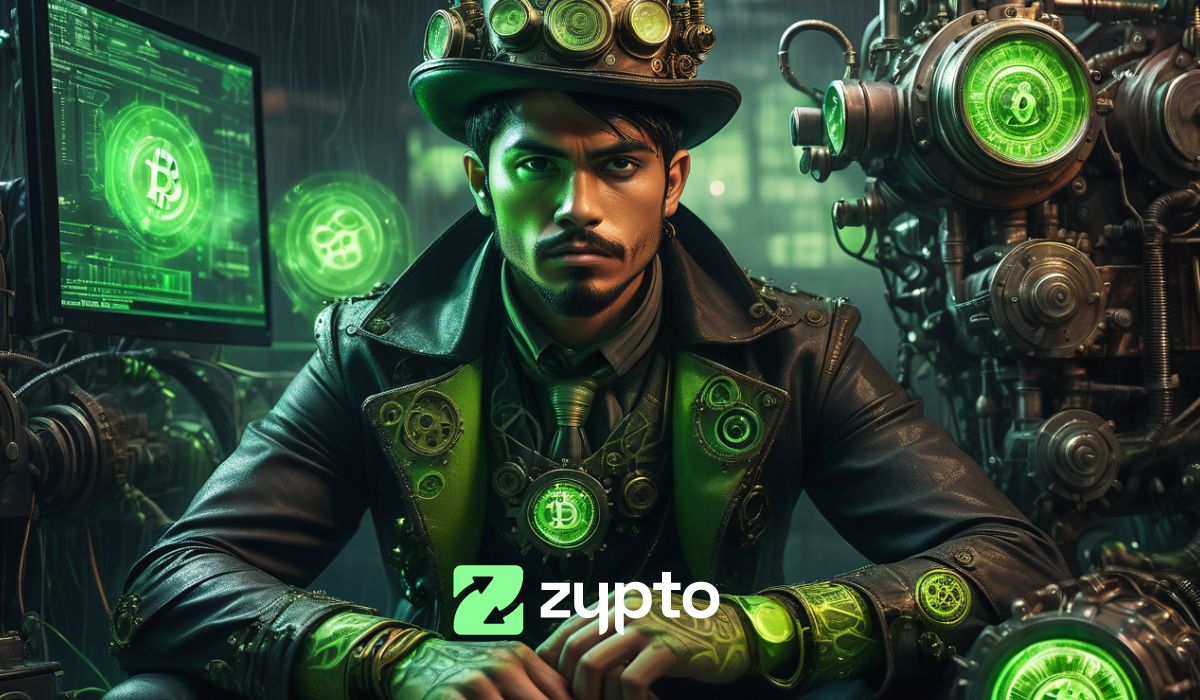




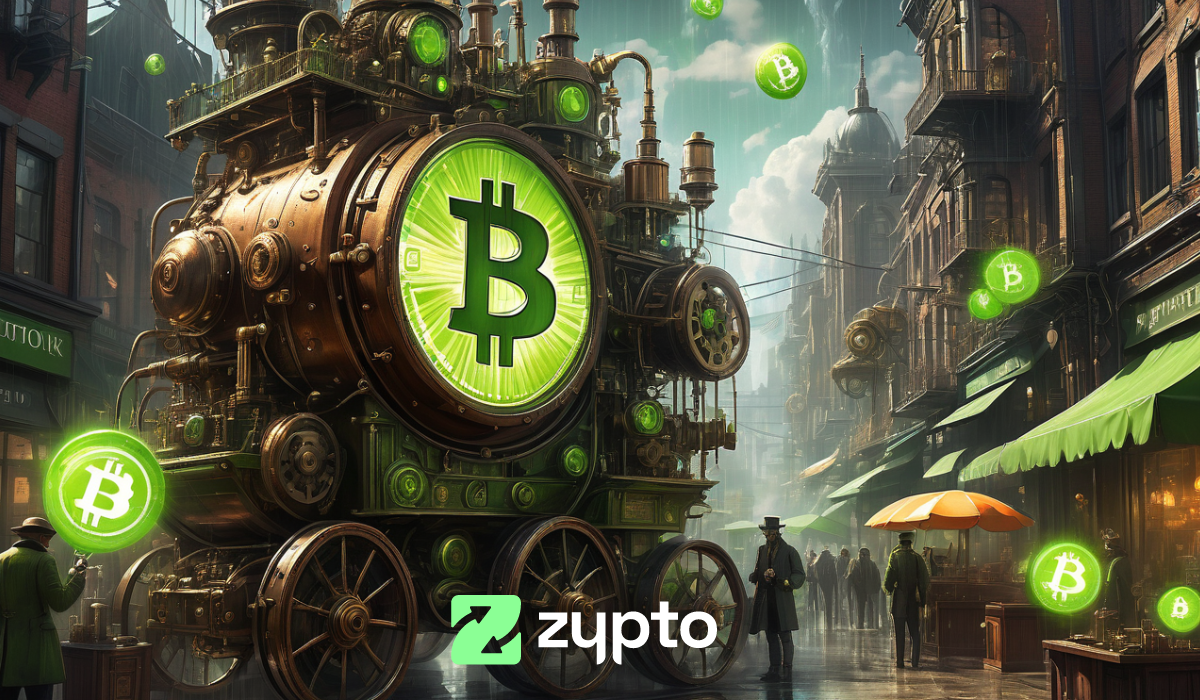

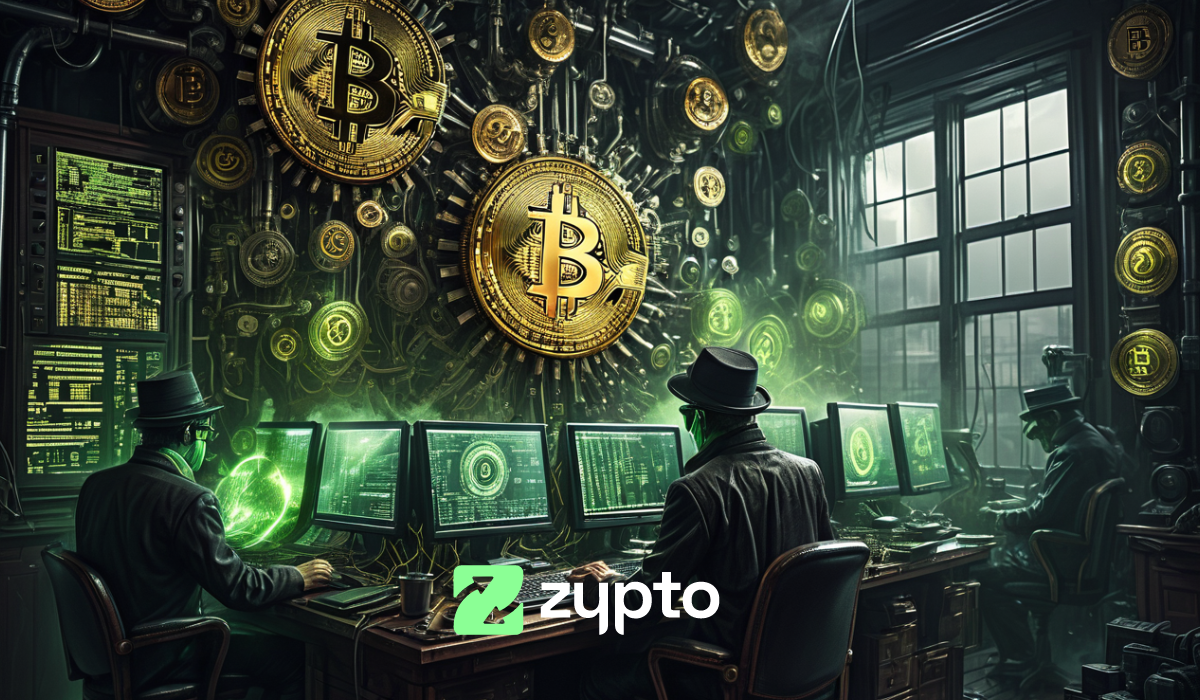


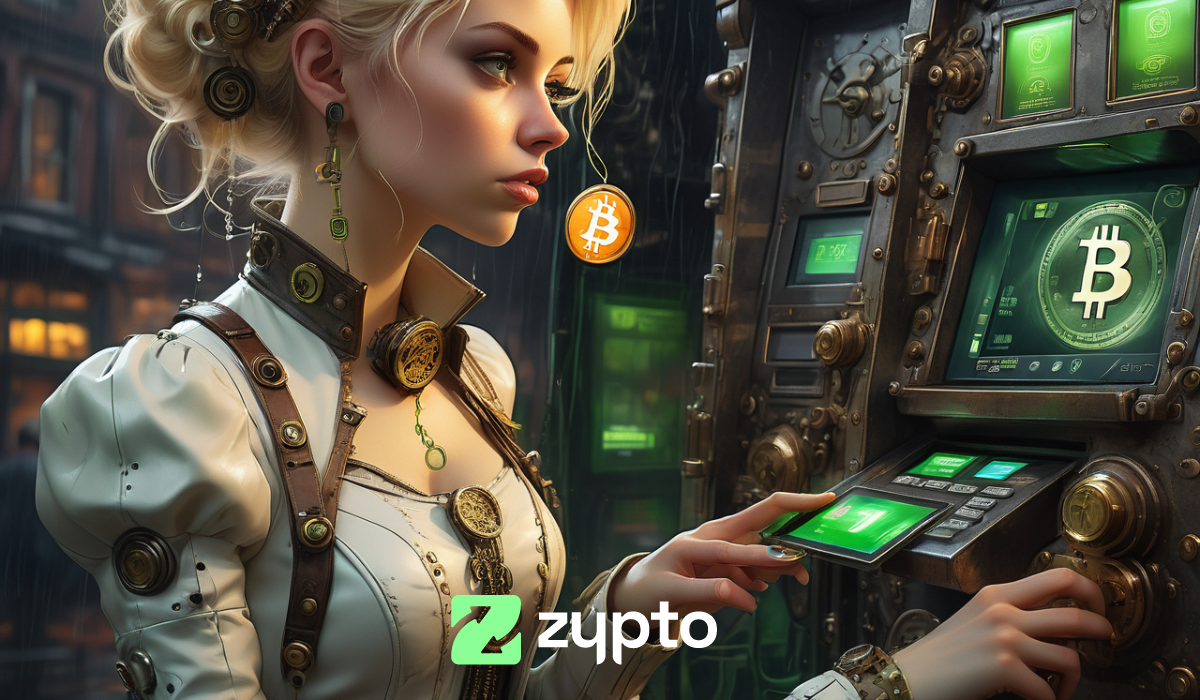
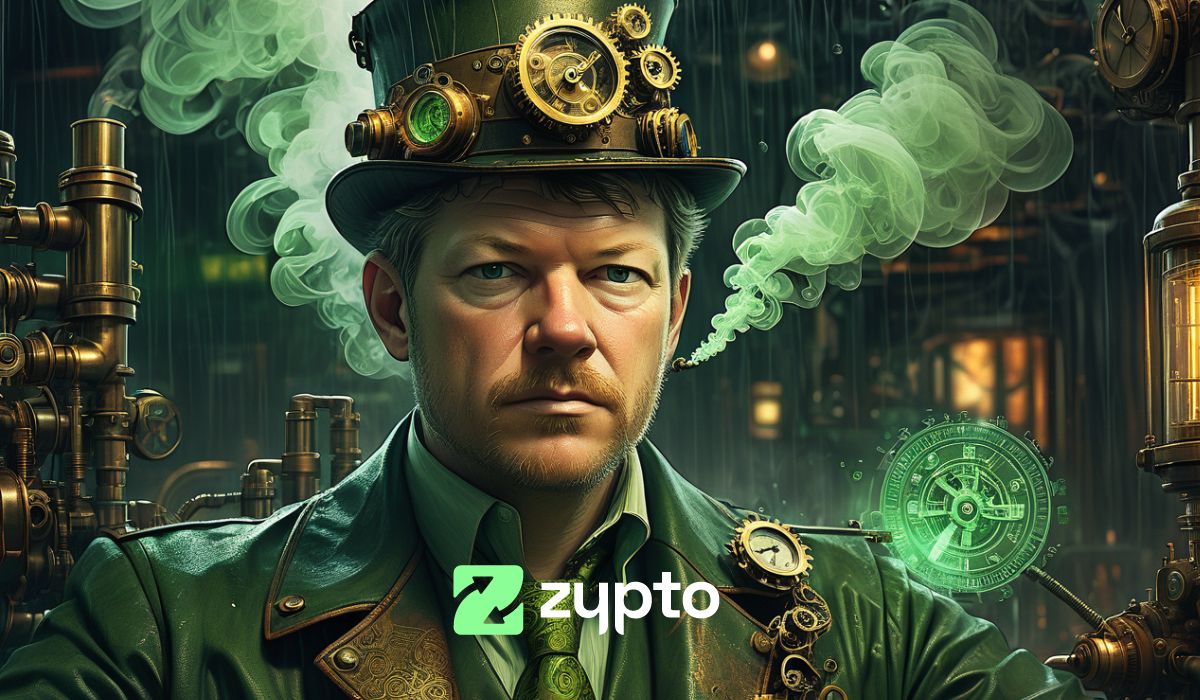

This article does a fantastic job of explaining the significance of governance tokens in DeFi protocols. I found the breakdown of how these tokens empower users to influence protocol decisions particularly enlightening. The comparison between different governance models was also very helpful. It would be great to see future posts delve into case studies of successful governance token implementations. Thanks for the insightful read!
A very good Management Summary on that Topic 👍 very insightful especially with regards to possible weaknesses of certain ways to implement a voting System.
In any case, a well structured and balanced DAO might be an excellent Tool to manage Community driven Blockchain Projects.
Also as a means of focusing Community Interests towards external partners.
A special focus might definately be upon balancing large token bag holders towards a vast majority of small holders – to the best benefit of the Project.
Hopefully there will be a similair voting system for $Zypto too
Very insightful article. I knew the basic’s of how Governance tokens worked, but your breakdown really simplified it for me. Like any voting system, it seems that there is some kinks to work out with any direction that is chosen. Hopefully over time, these systems become more streamlined and find that “happy medium”